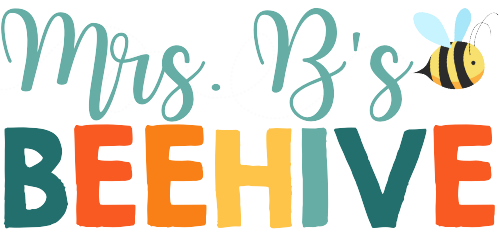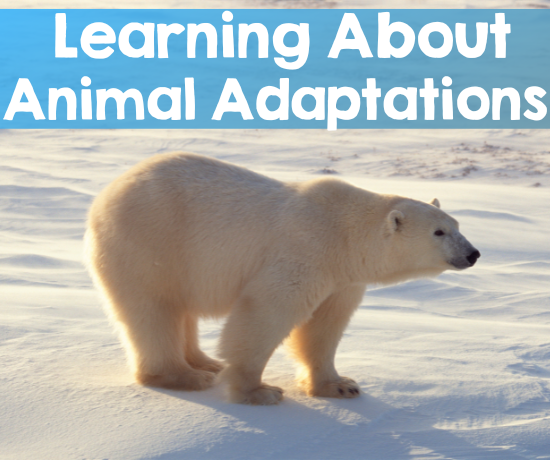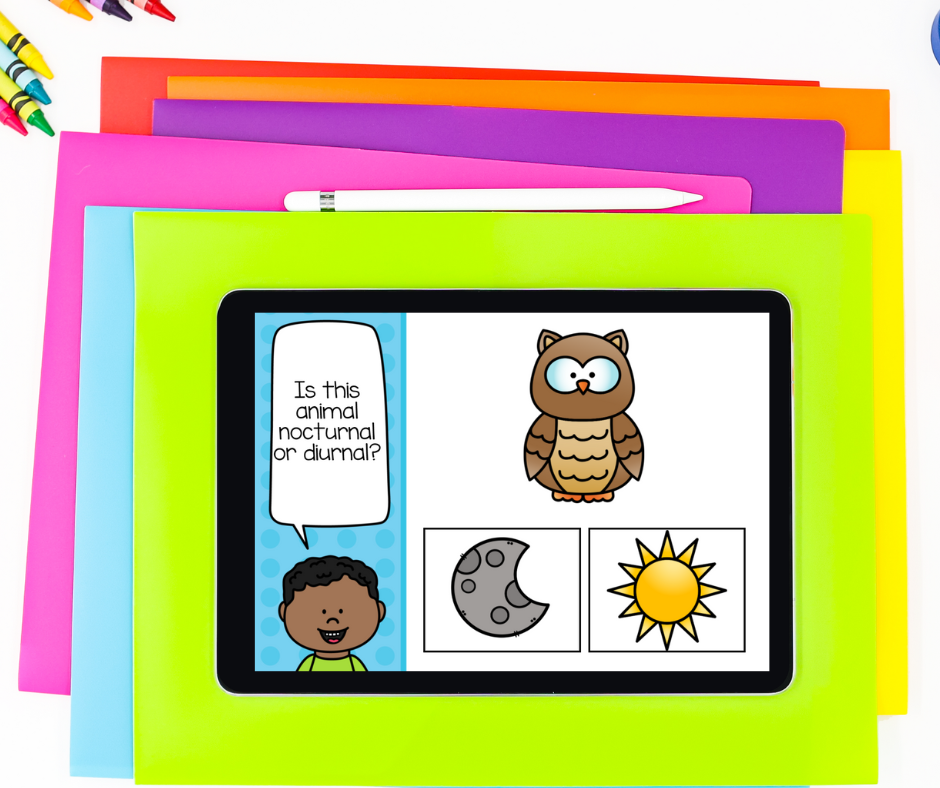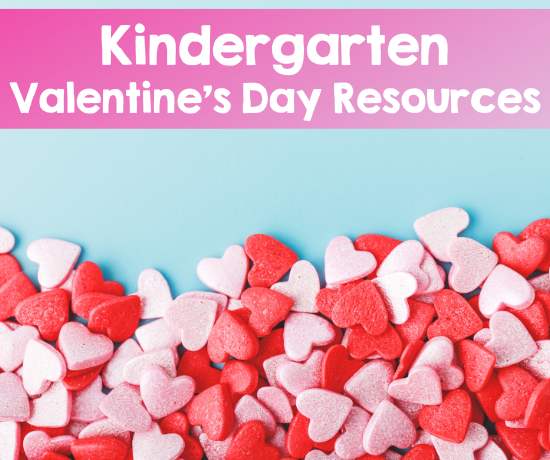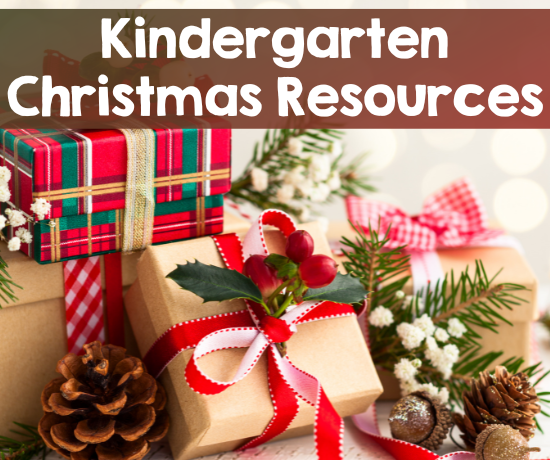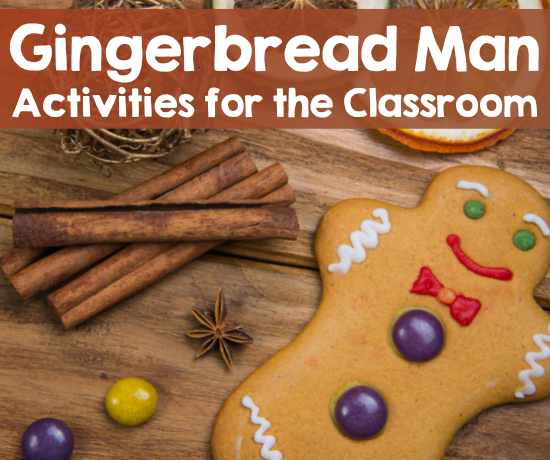I have never met a kindergartener who didn’t have a favorite animal. It may have been a fictional favorite animal, but they had a favorite animal. Teaching about animals in kindergarten piques your students’ interest and is a fun and exciting unit for you to teach. While teaching about animals, learning about animal adaptations and animal characteristics is essential for kindergarten students.
When you start planning your animal adaptation activities for your kindergarten class, I have a few suggestions. There are some fantastic book and video resources to share with your students, as well as some entertaining experiments and resources.
Books for Teaching About Animal Adaptations
Reading books aloud to kindergarteners is always a great idea. Here are 5 of my favorite books to accompany your animal adaptation activities.
- Creature Features by Steve Jenkins is a book full of 25 animals describing for you, the reader, why they look the way they do. This fun book will help your kindergarten class understand a little bit about why some animals have different features than others.
- What Do You Do With a Tail Like This? by Steve Jenkins is another great book for kindergarteners to read and listen to you read aloud. Each page highlights a unique animal feature and allows students to understand what it is used for and how it helps the survival of the animal to which it belongs.
- Biggest, Strongest, Fastest by Steve Jenkins (Do you see a pattern, yet? I love this author!) Inside this fun book, you will find all sorts of information about the biggest, strongest, and fastest animals. Your kindergarteners will also learn why they are the biggest, strongest, and fastest animals and how they stay that way with their food, exercise, and other habits.
- Actual Size by Steve Jenkins is another favorite. This book is illustrated to show the actual size of different animals and others’ body parts whose whole bodies wouldn’t fit on the page. Your students will be shocked, amazed, and excited to see these actual-sized animals.
- What if You Had Animal Teeth? by Sandra Markle Have you ever wondered what it would be like to have fangs like a snake? No? I bet your kindergarteners have, or at least they will have fun imagining along with this fun book. While reading, you and your students will get to explore how different animals’ teeth work for consuming food as well as for defense.
Videos for Teaching About Animal Adaptations
Once you’ve checked out the book options, I would encourage you to consider some of these videos. Sometimes you just have to see and watch about animal adaptations in order to really understand. These videos allow your students to do just that.
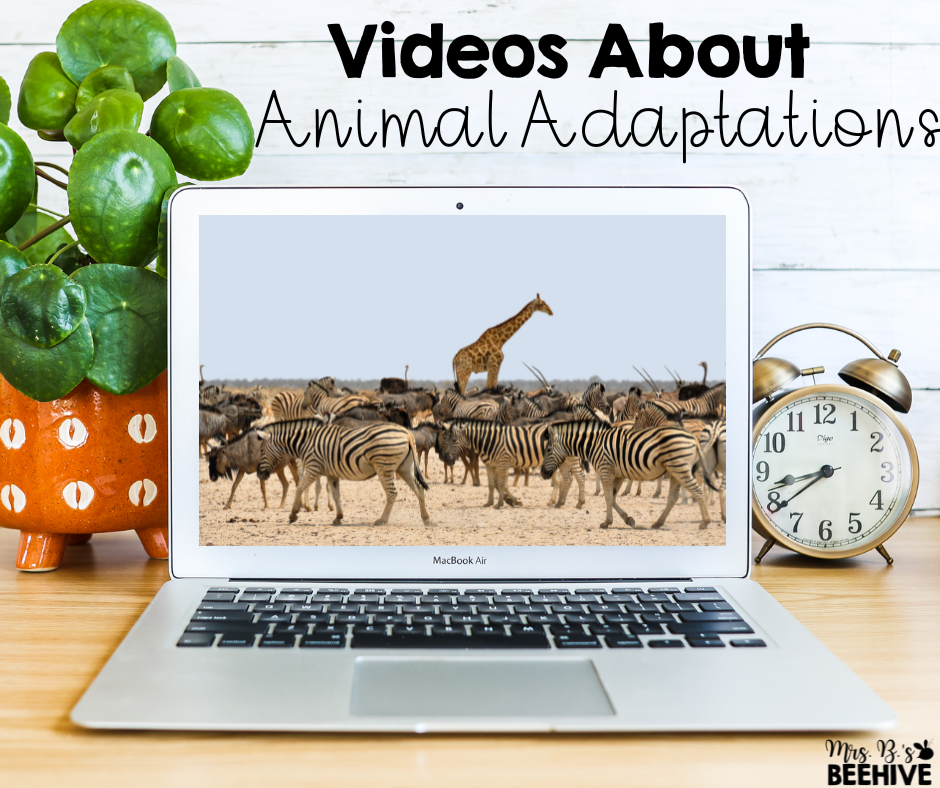
- Amazing Animal Groups by SciShow Kids on YouTubeKids is a great video to learn about different groups of animals and the unique characteristics shared by members of the same groups.
- Camouflage: Animal Hide and Seek by SciShow Kids on YouTubeKids talks all about the different forms of camouflage some animals use. It also goes into some fun detail about why animals need different forms of camouflage in the wild.
- Animal Tricksters by SciShow Kids on YouTubeKids is a fun video to show students about the different ways animals have learned to adapt to their surroundings. Some animal adaptations can be pretty tricky!
Experiments Involving Animal Adaptations
One of the best ways to teach kindergarteners is by allowing them to do something hands-on and experience things for themselves. Experiments involving animal adaptation activities are a great way to allow students to explore with their tactile senses.
- How Do Arctic Animals Stay Warm in Icy Water? This is a great experiment to do with kindergarten students who are built differently than a polar bear who can swim in the icy water and not freeze.
- How Do Penguins Stay Dry? A great question you may have received in a kindergarten classroom. Even in icy water and freezing cold temperatures, penguins go in and out of the water while staying warm and dry. This experiment will help you and your students better understand how penguins are built to withstand the cold.
- Brilliant Bubble Wrap Jellyfish Craft for Kids is a fun activity to accompany your lessons about animal adaptations. The clear bubble wrap used in this craft animal adaptations activity is a perfect segue into discussing why jellyfish look the way they do and how it helps them to survive in their habitat.
Resources to Teach About Animal Adaptations
In addition to the books, videos, and experiments we talked about earlier, there are some exceptional resources at your disposal.



- Interactive Science Notebook for Kindergarten is one of my favorite resources to accompany any science curriculum. When it comes to your animal adaptation lessons, we’ve got you covered with animal adaptation worksheets, posters, and vocabulary cards.
- Boom Cards – Animal Behavior Bundle is a great interactive resource you can use in your kindergarten classroom. This bundle contains boom card decks based on animal movement, herbivore vs. carnivore, hibernation, nocturnal vs. diurnal, and oviparous vs. viviparous animal behaviors to study. It is a great tool to use to accompany your animal adaptations curriculum in your kindergarten classroom.
More Helpful Tools for Your Kindergarten Science Classroom
We have been focusing on animal adaptations to share with your kindergarten classroom, and I hope that you have found some excellent resources that you will use! There are lots of books, videos, experiments, and resources to use for your classroom.
The fun doesn’t stop there, though. If you are looking for more great ideas to incorporate science and other STEAM learning into your kindergarten classroom, I would recommend checking out these three articles!
Easy and Engaging Ways to Teach Force and Motion in Kindergarten
Ideas for Teaching the States of Matter in Kindergarten
